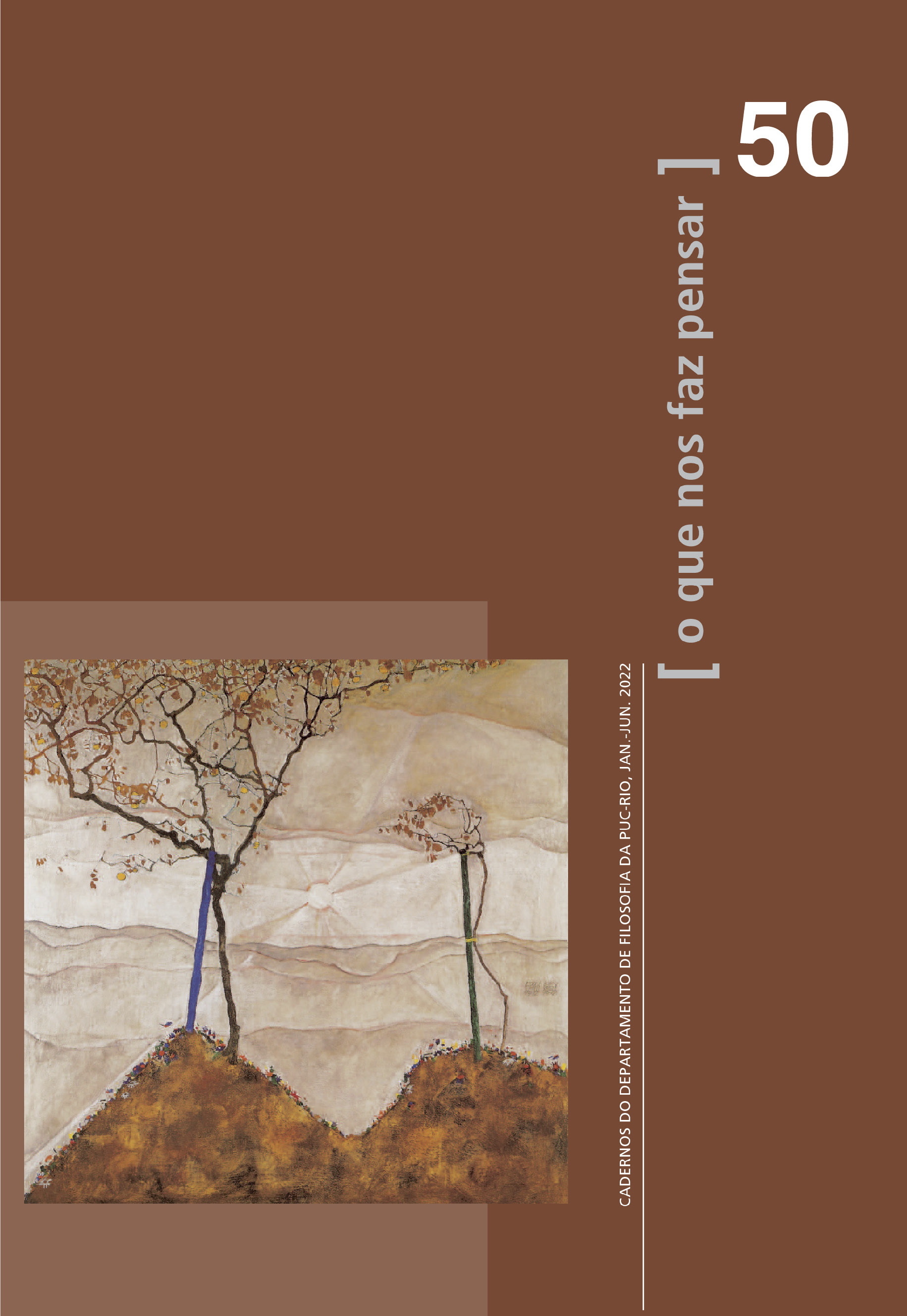The old man, the fool and the madman: On the representation of madness in King Lear
Main Article Content
Abstract
This essay intends to demonstrate that the approach to madness in King Lear can be divided in three interrelated manifestations, corresponding to three characters: Lear, Poor Tom and the Fool. The first becomes mad as a result of senility and emotional shock, the second feigns the madness of a possessed person, and the third ironically uses nonsensical statements to tell uncomfortable truths. Through these characters, competing forms of explanation of madness appear on the scene: the medical one, which is based on the concept of melancholy; the religious one, which associated it with demonic possession; and the satirical one, which saw madness as the counterpart of rational knowledge. Using Erasmus’ Praise of Folly and Foucault’s History of Madness, the hypothesis defended in the essay is that Shakespeare combined different sides of the experience of madness present in the artistic manifestations of early modernity, thus revealing a dialectical relationship between madness and wisdom.
Article Details

This work is licensed under a Creative Commons Attribution-NonCommercial 4.0 International License.
Copyright Notice
The author of the article or book reviews submitted and approved for publication authorizes the editors to reproduce it and publish it in the journal O que nos faz pensar, with the terms “reproduction” and “publication” being understood in accordance with the definitions of the Creative Commons Attribution-NonCommercial 4.0 International license. The article or book reviews may be accessed both via the World Wide Web – Internet (WWW – Internet), and in printed form, its being permitted, free of charge, to consult and reproduce the text for the personal use of whoever consults it. This authorization of publication has no time limit, with the editors of the journal O que nos faz pensar being responsible for maintaining the identification of the author of the article.
References
ADELMAN, Janet. Suffocating mothers: fantasies of maternal origin in Shakespeare's plays, Hamlet to the Tempest. New York: Routledge, 1992.
BATE, Jonathan. Shakespeare's Foolosophy. Shakespeare in Southern Africa. Vol. 13, 2001, 1-10.
BRIGHT, Timothy. A treatise of melancholie. Reproduced from the 1586 edition printed by Thomas Vautrollier, with an introduction by Hardin Craig. New York: Pub. for the Facsimile Text Society by Columbia University Press, 1940.
BULLOUGH, Geoffrey. Narrative and dramatic sources of Shakespeare. London: Routledge. New York: Columbia University Press, 1966.
BURTON, Robert. A anatomia da melancolia. Tradução de Guilherme Gontijo Flores. Curitiba: Editora UFPR, 2013.
CALDERWOOD, James L. Creative Uncreation In King Lear. Shakespeare Quarterly, Vol. 37, No. 1 (Spring, 1986), pp. 5-19
ERASMO. Elogio da loucura. Tradução de Elaine Sartorelli. São Paulo: Hedra, 2013.
FOUCAULT, Michel. História da Loucura. Tradução de José Teixeira Coelho Netto. São Paulo: Perspectiva, 1978.
O'SULLIVAN, Mary Isabelle. Hamlet and Dr. Timothy Bright. PMLA, Vol. 41, No. 3 Sep., 1926, pp. 667-679.
SHAKESPEARE, William. Rei Lear. Tradução de Lawrence Flores Pereira. São Paulo: Penguin e Companhia das Letras, 2020.
SHAPIRO, James. The year of Lear: Shakespeare in 1606. Nova York: Simon & Schuster, 2015.
STROUP, Thomas. Cordelia and the fool. Shakespeare Quarterly, Volume 12, Issue 2, Spring 1961, pp. 127–132.

